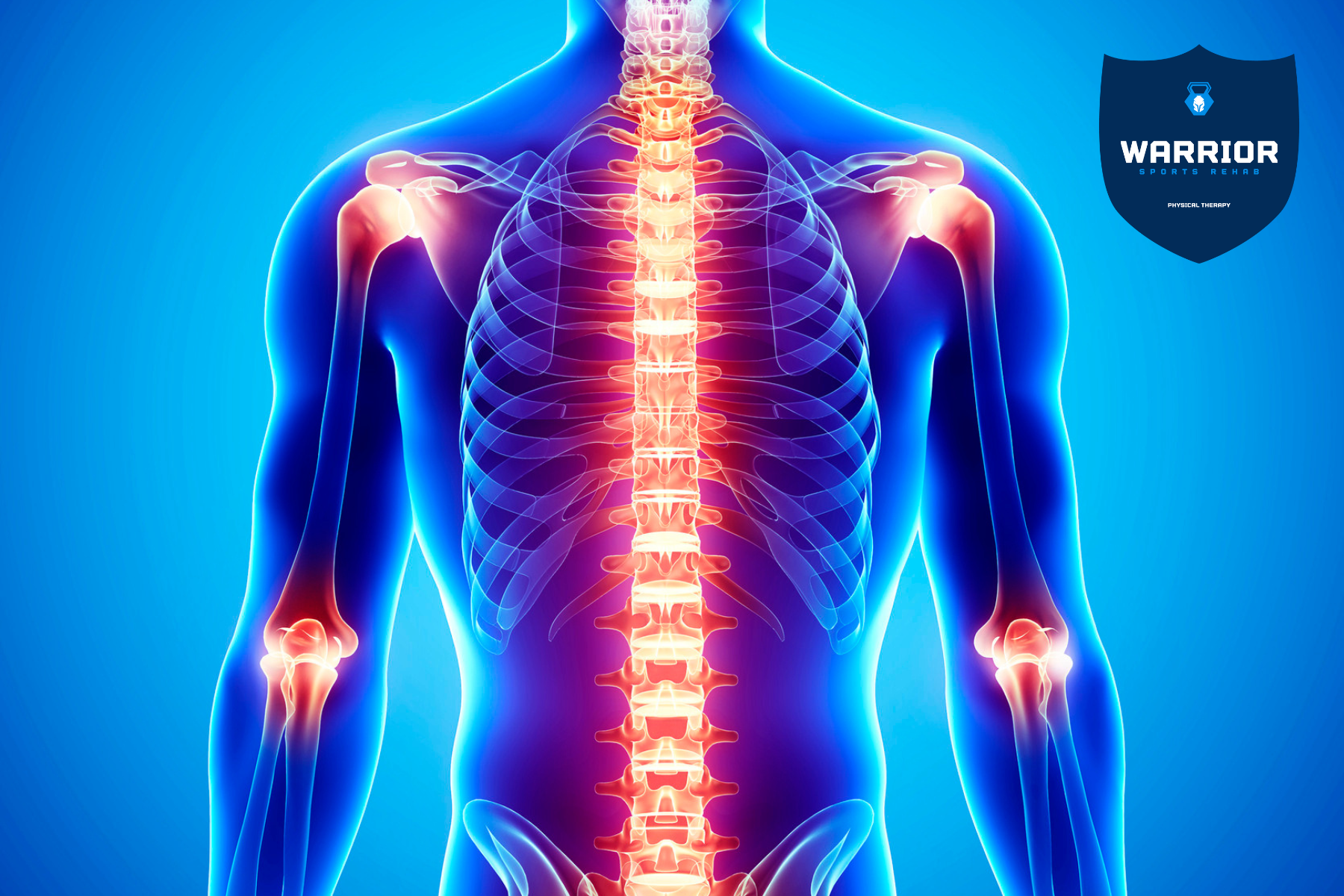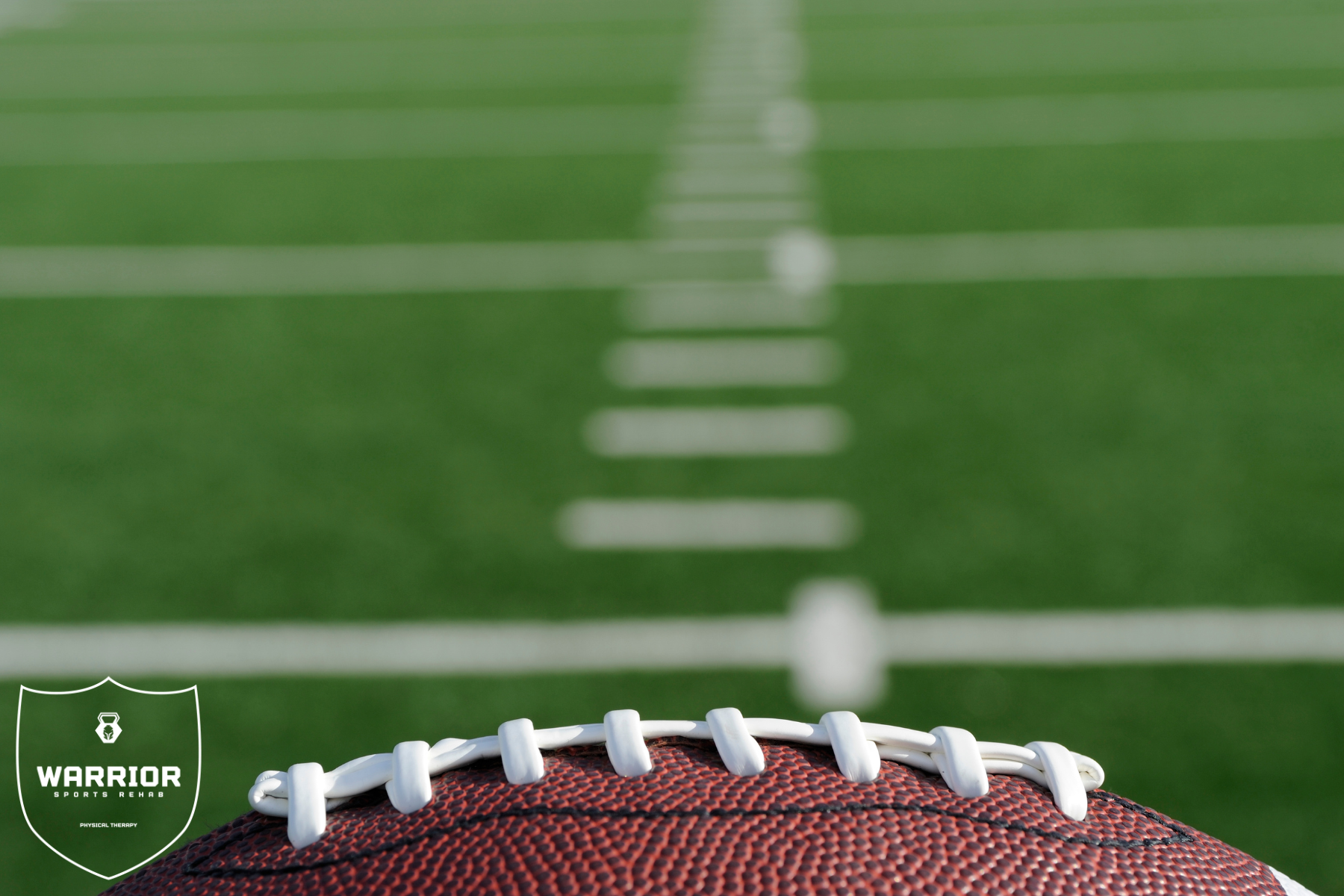Introduction:
Whether you’re an elite athlete or a fitness enthusiast, recovery between workouts is crucial for achieving optimal performance and avoiding burnout or injury. Yet, it’s often overlooked in favor of pushing harder during training sessions. However, neglecting recovery can hinder progress and lead to setbacks. In this comprehensive guide, we’ll explore the top ways to enhance your recovery and ensure you’re primed for your next workout.
Prioritize Rest and Sleep:
- One of the most fundamental aspects of recovery is adequate rest and sleep. During sleep, the body repairs and rebuilds muscle tissues replenishes energy stores, and regulates hormones essential for recovery and growth. Aim for 7-9 hours of quality sleep each night, and consider incorporating short naps (20-30 minutes) during the day to further enhance recovery.
Hydrate and Refuel:
- Proper hydration and nutrition are key components of effective recovery. After a workout, replenish lost fluids by drinking water or electrolyte-rich beverages. Additionally, consume a balanced meal or snack containing carbohydrates and protein within 30-60 minutes post-exercise to refuel muscles and support recovery.
Active Recovery:
- Engaging in light, low-intensity activities between workouts can promote blood flow, reduce muscle soreness, and enhance recovery. Activities such as walking, cycling, or gentle yoga help flush out metabolic waste products and deliver nutrients to muscles, speeding up the recovery process without causing additional stress on the body.
Foam Rolling and Stretching:
- Incorporating foam rolling and stretching into your post-workout routine can help release muscle tension, improve flexibility, and alleviate soreness. Spend 10-15 minutes targeting major muscle groups with a foam roller or using dynamic and static stretches to enhance the range of motion and promote recovery.
Massage and Bodywork:
- Professional massages or self-massage techniques like using massage balls or percussion devices can aid in muscle recovery by reducing inflammation, improving circulation, and relieving tension. Schedule regular massage sessions or integrate self-massage into your recovery routine to enhance overall well-being and performance.
Contrast Water Therapy:
- Alternating between hot and cold water immersion, known as contrast water therapy, can accelerate recovery by stimulating blood flow and reducing inflammation. Take a contrast shower or immerse yourself in hot and cold baths for 2-3 cycles of 2-3 minutes each to experience the benefits of this rejuvenating recovery method.
Listen to Your Body:
- Above all, pay attention to your body’s signals and adjust your training and recovery strategies accordingly. If you’re feeling fatigued or experiencing persistent soreness, consider taking a rest day or modifying your workouts to allow for adequate recovery. Pushing through pain or exhaustion can lead to injury and hinder long-term progress.
Conclusion:
Effective recovery between workouts is essential for optimizing performance, preventing injury, and achieving your fitness goals. By incorporating these top recovery strategies into your routine, you’ll support your body’s ability to repair, regenerate, and adapt to the demands of training, ensuring you stay strong, healthy, and ready to tackle your next workout with vigor and vitality. Remember, recovery is not a sign of weakness but rather a vital component of success in any fitness journey.



